The Microscope Digital Camera Market is currently characterized by a dynamic competitive landscape, driven by technological advancements and increasing demand for high-resolution imaging across various sectors, including healthcare, education, and research. Key players such as Olympus Corporation (Japan), Nikon Corporation (Japan), and Zeiss (Germany) are strategically positioned to leverage their extensive expertise in optics and imaging technology. Olympus Corporation (Japan) has focused on innovation, particularly in enhancing the imaging capabilities of its digital cameras, which has allowed it to maintain a competitive edge. Meanwhile, Nikon Corporation (Japan) emphasizes regional expansion, particularly in emerging markets, to capture a broader customer base. Zeiss (Germany) has adopted a strategy centered around partnerships with research institutions, thereby fostering innovation and enhancing its product offerings. Collectively, these strategies contribute to a competitive environment that is increasingly defined by technological prowess and strategic collaborations.
In terms of business tactics, companies are increasingly localizing manufacturing to reduce costs and optimize supply chains. This approach not only enhances operational efficiency but also allows for quicker response times to market demands. The competitive structure of the Microscope Digital Camera Market appears moderately fragmented, with several key players exerting influence. However, the collective actions of these companies indicate a trend towards consolidation, as they seek to enhance their market positions through strategic alliances and mergers.
In August 2025, Nikon Corporation (Japan) announced a significant investment in a new manufacturing facility in Southeast Asia, aimed at increasing production capacity for its digital microscope cameras. This move is strategically important as it not only reduces production costs but also positions Nikon to better serve the growing demand in the Asia-Pacific region, which is witnessing rapid advancements in research and education.
In September 2025, Olympus Corporation (Japan) launched a new line of digital cameras specifically designed for educational institutions, featuring user-friendly interfaces and enhanced connectivity options. This strategic initiative reflects Olympus's commitment to innovation and its focus on addressing the unique needs of the educational sector, potentially expanding its market share in this niche.
In October 2025, Zeiss (Germany) entered into a partnership with a leading biotechnology firm to develop advanced imaging solutions for life sciences applications. This collaboration is indicative of Zeiss's strategy to integrate cutting-edge technology into its product offerings, thereby enhancing its competitive position in the rapidly evolving life sciences market.
As of October 2025, the competitive trends in the Microscope Digital Camera Market are increasingly shaped by digitalization, sustainability, and the integration of artificial intelligence. Strategic alliances are becoming more prevalent, as companies recognize the value of collaboration in driving innovation. Looking ahead, it is likely that competitive differentiation will evolve, shifting from traditional price-based competition to a focus on technological innovation, reliability in supply chains, and the ability to meet specific customer needs.

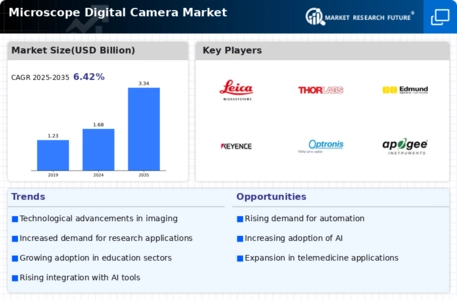
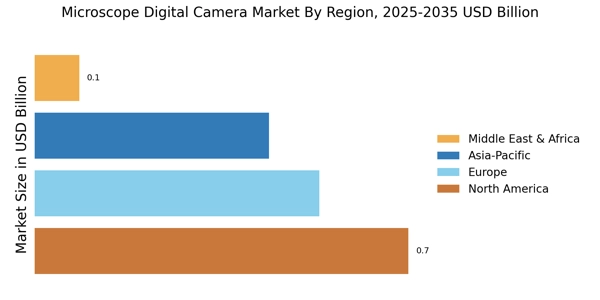
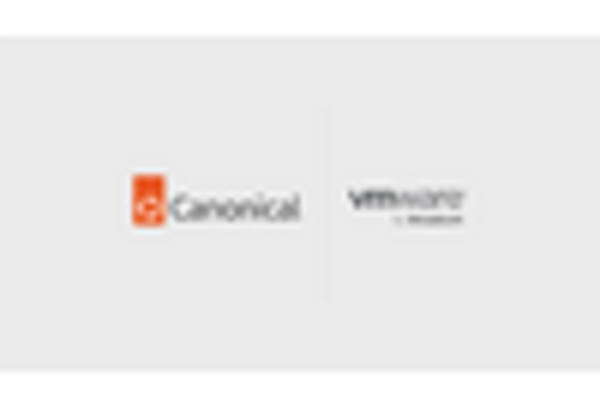
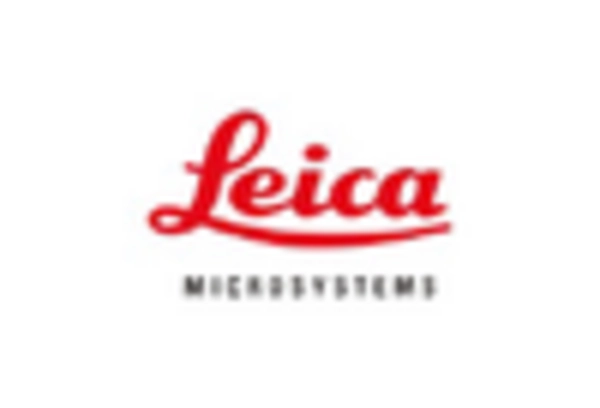
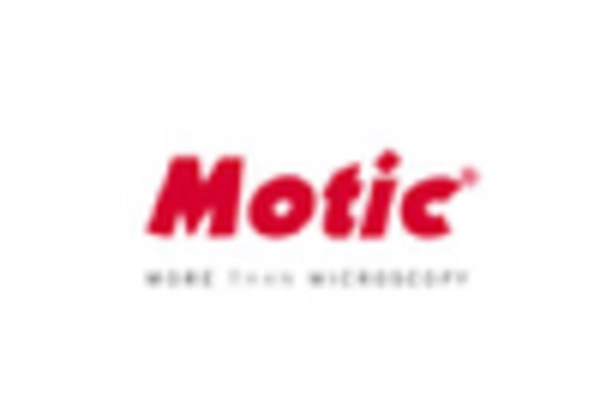


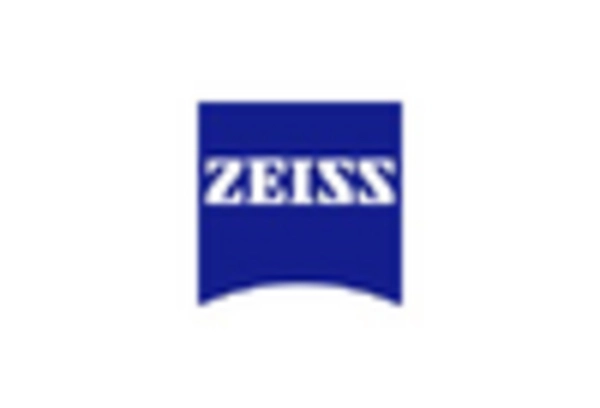








Leave a Comment